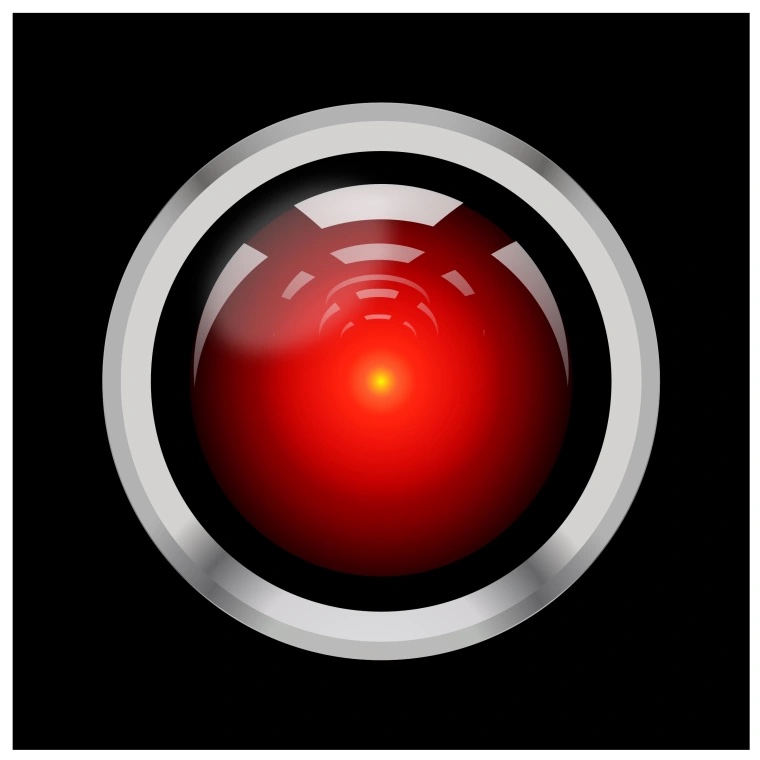The 1977 film by Donald Cammell, is undoubtedly a movie that requires an audience, prepared to go through an uncomfortable viewing experience. On this regard Cammell’s work serves similarly to art-house or cult films, many of which are non-American or purposefully disassociated with Hollywood, take master Polish schools of cinema, Zulawski’s Possession (1981), or the art-house response to Hollywood, of the same year as Cammell’s, with David Lynch’s Eraserhead (1977). While this aspect does not necessarily set it apart from the rest of other Artificial Intelligence pictures of its genre, its a combination of the picture’s choice of how the AI conscious creature escapes its computerized biology into human form, which not only takes the movie to particularly uncomfortable moments, but induces the arguments found in the S Mullaney, Peters, Hicks, and Philip MIT Press article citing a lack of an ability to enact regulations restricting AI computer machine leaning, online.
The MIT Press article cites the Decency Act of 1996 as the direct catalyst which has led to a lack of regulation online today. The Decency Act, particularly its section 230 that internet intermediaries, namely internet browsers, ISPs, social media hosts, make law an inability to enact regulations on the machine learning systems, the basis of AI today, upon the tech giants of today. With this information, its frankly unsuprising that Zuckerberg was called to a senate hearing. However, the aspects of the Decency Act, namely section 230’s lawfully enacted restriction on regulation of machine learning systems within today’s tech company’s, holds a foreshadowing quality when observing the Cammell’s film. Fundamentally, the computerized conscious which is presented in the film not only gains complete control over its victim due to a lack of regulations on the artificial intelligence, as it controls all mechanisms in Susan’s home; this computerized home, likewise serves as a dramatic foreshadowing rather than from real-life into the film, but from the film into real-life. An example of what I am talking about here can be seen in the proto-Ipads found in Kubrick’s 2001 earlier in the semester, but can also be seen at a similarly subtle level, Proteus controls all aspects of the home as Hal controls all aspects of the space shuttle. In a 2019 O’Reilly Lorica and Loukides article which suggests a movement towards general intelligence and cites the most obvious example being the goals of a self-driving car. Similarly to Proteus and Hal, a general intelligence self-driving vehicle would ensure that the computer, in-praticality, has complete control over the all mechanics in a car. While elements in Cammell’s work may feel dated, the nature of the computer itself being on an outdated flatscreen or the automated wheelchair-hand, the core of the message in the film still presents a set of events whose AI’s ability to create a human life-form becomes plausible when examining the contemporary lack of restrictions on machine learning capabilties and current steps towards computerized intelligences running all our current mechanisms, from cars to Proteus’, or Susans, home.
Mullaney, Thomas S., et al., eds. Your computer is on fire. Mit Press, 2021.
Mike Lorica and Ben Loukides, “What Is Artificial Intelligence?,” OReilly.com (June 29, 2016),
https://www.oreilly.com/ideas/what-is-artificial-intelligence.

Leave a Reply